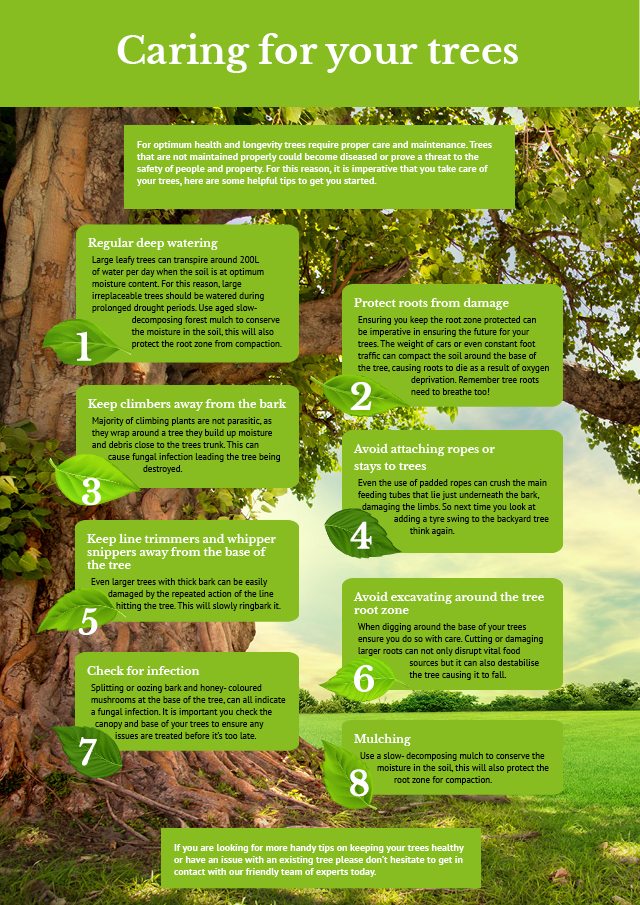Signs Suggesting The Requirement For Tree Elimination: Identifying Risky Trees
Signs Suggesting The Requirement For Tree Elimination: Identifying Risky Trees
Blog Article
Article Author-Lillelund Butcher
When it involves tree care, recognizing the indications that it's time for elimination is essential for your safety and home. You could see discolored fallen leaves, wilting branches, or weird fungal developments indicating illness. Structural issues, like a substantial lean or fractures in the trunk, can additionally pose risks. Comprehending these warning signs can assist you make notified choices regarding your trees and avoid potential dangers lurking in your yard. What should you look for next?
Indications of Decay and Condition
When you see indicators of decay and illness in your trees, it's vital to act quickly. Try to find discolored leaves, wilting branches, or uncommon developments like fungus. These can indicate that your tree is having a hard time.
If you see splits in the bark or soft, mushy wood, these signs suggest internal degeneration. Furthermore, a sudden boost in bugs around your tree can indicate that it's damaged and vulnerable.
Look for any type of dead or dying limbs, as they posture a risk to your home and security. If you doubt about what you see, seeking advice from an arborist can give quality.
Addressing these signs early can save you from much more considerable damages and make sure the health of your yard. Don't wait up until it's far too late.
Structural Instability and Leaning
As you observe your trees, watch out for any signs of structural instability or leaning. If a tree leans dramatically, it might indicate that the root system is compromised.
Seek any kind of fractures in the trunk or dirt around the base; these can signify possible failure. Furthermore, look for uncommon development patterns, like an uneven crown, which might suggest that the tree is battling to hold itself upright.
If you see that the tree favors your home, high-voltage line, or various other structures, it presents a better risk. Do not overlook Get More -- get in touch with an arborist to analyze the circumstance.
Doing something about it early can stop expensive damages and ensure your safety and security.
Dead or Dying Branches and Foliage
If you discover dead or dying branches and foliage on your tree, it's a clear indicator that something's wrong.
These undesirable locations can indicate underlying issues like condition, insect problems, or environmental tension. When branches lose their leaves or turn brownish, they're no longer contributing to the tree's health and wellness. Neglecting these indicators can result in more decrease, making your tree more hazardous.
Trimming Fig Trees can easily break short throughout tornados, positioning a risk to building and individuals nearby. It's essential to examine the level of the damage.
If the issue affects a substantial part of the tree, think about seeking advice from a professional. They can help establish if removal is required to ensure security and maintain the beauty of your landscape.
Conclusion
If you notice any kind of indications of decay, structural instability, or dead branches on your trees, don't ignore them. These indications can position severe safety threats to you and your residential or commercial property. It's always best to speak with a professional arborist who can supply an expert analysis of your trees. Doing something about it early can protect against crashes and expensive damage, guaranteeing your landscape stays safe and healthy. Remember, it's better to be positive regarding tree care than to wait on a disaster to occur.
